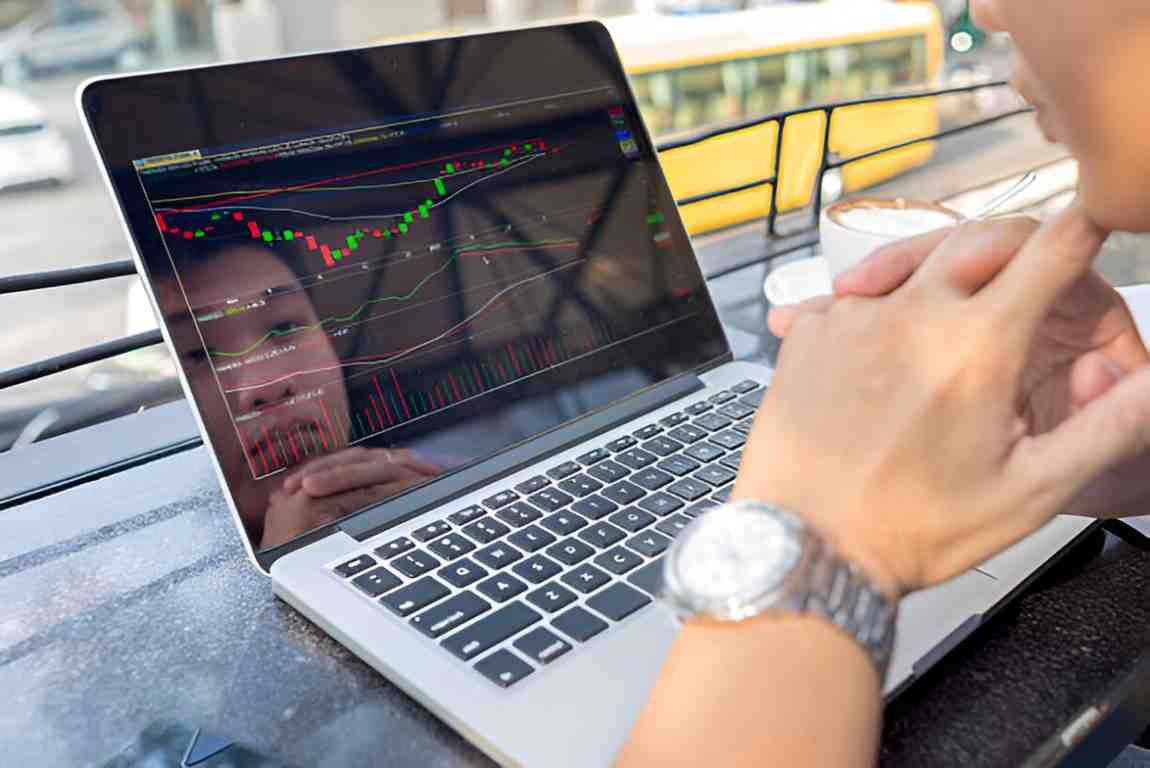Introduction
Intraday trading requires stocks that are highly liquid, have tight bid-ask spreads, and move with enough volatility to create profit opportunities. The best liquid stocks for intraday trading are those that see high daily trading volumes, ensuring you can enter and exit positions quickly without slippage. In this guide, I will cover the best liquid stocks for intraday trading, explain key factors to consider, and provide examples with calculations to illustrate why liquidity matters.
Table of Contents
What Makes a Stock Liquid?
Liquidity in stocks refers to the ability to buy and sell shares without causing significant price changes. The most liquid stocks typically have:
- High Average Daily Volume: Stocks with millions of shares traded daily provide better execution and lower transaction costs.
- Tight Bid-Ask Spreads: Smaller differences between the buying and selling price reduce costs.
- Low Slippage: The ability to execute large orders without significant price changes.
Top Liquid Stocks for Intraday Trading
Below is a table of some of the most liquid stocks that are commonly traded in intraday markets:
| Stock Symbol | Company Name | Avg. Daily Volume (Millions) | Industry | Beta |
|---|---|---|---|---|
| AAPL | Apple Inc. | 90 | Technology | 1.30 |
| TSLA | Tesla Inc. | 100 | Automotive | 1.50 |
| AMD | Advanced Micro Devices | 80 | Semiconductors | 1.80 |
| NVDA | NVIDIA Corporation | 70 | Semiconductors | 1.75 |
| AMZN | Amazon.com Inc. | 60 | E-commerce | 1.20 |
| MSFT | Microsoft Corp. | 50 | Technology | 1.10 |
| META | Meta Platforms | 45 | Social Media | 1.25 |
How to Pick Liquid Stocks for Intraday Trading
- Look for High Volume
- A stock trading 50 million shares per day is preferable to one trading 5 million.
- Example: Apple (AAPL) has an average daily volume of 90 million shares, making it highly liquid.
- Assess Volatility
- Higher beta stocks tend to have bigger price swings, creating more opportunities.
- Example: AMD has a beta of 1.80, meaning it moves 80% more than the market average.
- Check the Bid-Ask Spread
- A bid-ask spread of $0.01 is better than $0.10 for frequent trading.
- Example: Tesla (TSLA) typically has a bid-ask spread of $0.02–$0.05, making it ideal for scalping.
Example: How Liquidity Affects Profitability
Imagine a trader buys 1,000 shares of AAPL at $180.00 and sells at $180.50. If the bid-ask spread is tight ($0.01), the cost of entering and exiting is minimal.
Calculation:
- Buying price: $180.00 × 1,000 = $180,000
- Selling price: $180.50 × 1,000 = $180,500
- Profit before fees: $500
If the bid-ask spread were $0.10, slippage would reduce profits significantly.
Sector-Wise Liquid Stocks
| Sector | Highly Liquid Stocks |
|---|---|
| Technology | AAPL, MSFT, NVDA |
| Semiconductors | AMD, NVDA |
| E-commerce | AMZN |
| Automotive | TSLA |
| Social Media | META |
Trading Strategies for Liquid Stocks
- Scalping
- Quick trades, profiting from small price changes.
- Works best with stocks like TSLA and AMD due to their fast movements.
- Breakout Trading
- Identifying key resistance and support levels.
- Example: If NVDA breaks above $500 with high volume, a long trade can be taken.
- Mean Reversion
- Stocks tend to revert to their average price.
- Example: AAPL drops 2% intraday but historically bounces back—this can signal a buy opportunity.
Conclusion
The best liquid stocks for intraday trading have high volume, low spreads, and significant price movements. Stocks like AAPL, TSLA, and AMD offer excellent liquidity, making them ideal for short-term trades. Understanding bid-ask spreads, volume trends, and volatility ensures efficient trade execution and better profitability. If you focus on these factors, you’ll be better positioned to succeed in intraday trading.





